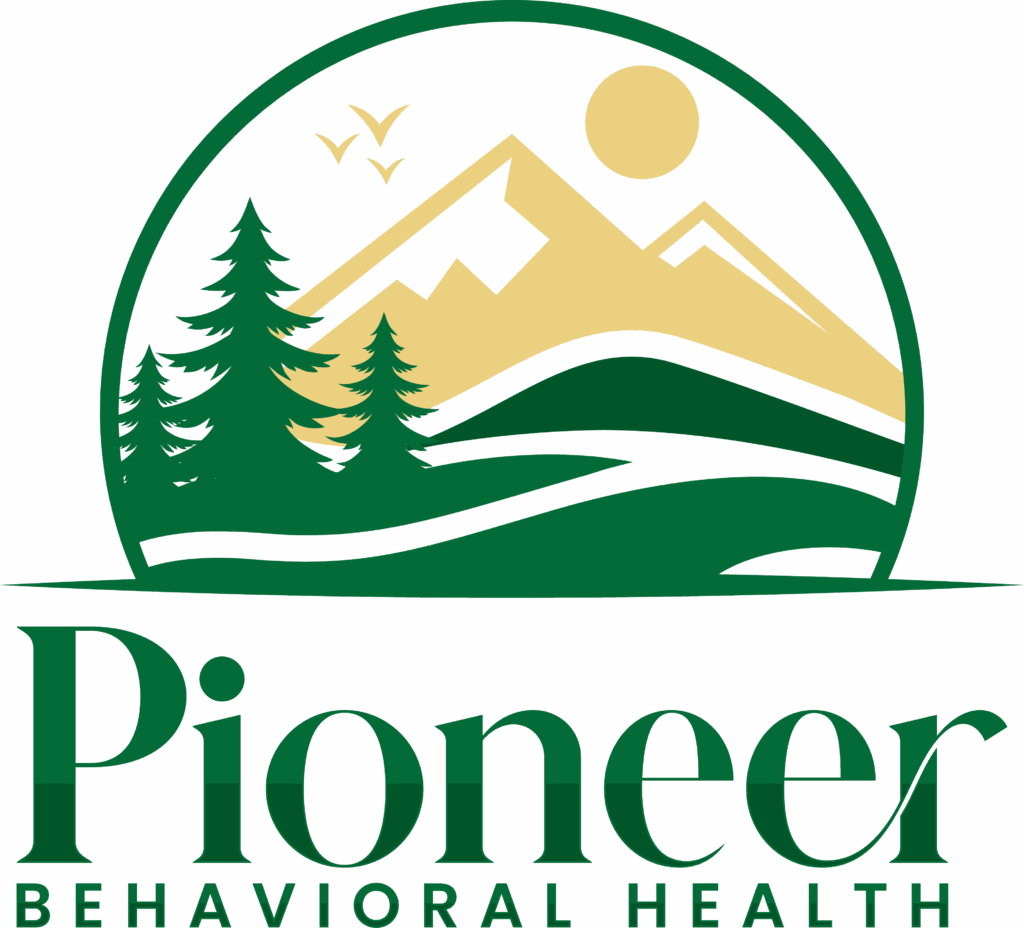Addiction rarely arrives all at once—it tends to creep in slowly, more like sinking into quicksand than tumbling off a cliff. By the time many people recognize there’s an issue, they’re already deeply entangled in its grasp. Gaining insight into how addiction starts is key to effective prevention, timely intervention, and lasting recovery. Below are eight of the most common paths that lead to substance addiction, including one that is frequently underestimated but just as impactful.
8 Common Pathways to Drug Addiction

1. Curiosity-Fueled Experimentation
Curiosity is a powerful human trait, especially during adolescence and young adulthood. In search of new experiences—or influenced by peers, boredom, or rebellion—many people try drugs for the first time. For some, it’s a one-time experiment. For others, that initial high ignites a pursuit for more.
The brain, wired to seek pleasure, remembers the euphoria and begins to crave it, laying the groundwork for repeated use and eventual dependence.
Insight: The brain locks onto pleasurable memories, forming powerful associations that encourage repeated behavior.
2. Coping With Emotional Distress
Emotional challenges like grief, trauma, anxiety, or heartbreak can be overwhelming, especially without healthy coping strategies. Substances can offer a temporary escape, dulling emotional pain and creating a sense of false calm.
However, this relief is short-lived. Continued use often intensifies emotional turmoil and leads to isolation, creating a dual dependency—both physical and psychological.
Insight: While drugs may numb pain temporarily, they often worsen emotional wounds over time.
3. Prescription Drug Misuse
Addiction can begin with medications meant to heal. Painkillers, sedatives, or stimulants—when misused or taken longer than prescribed—can gradually lead to dependency. This often starts innocently, making it harder to recognize the danger early on.
Because these drugs are legal and often doctor-recommended, misuse can easily go unnoticed until a full-blown addiction develops.
Insight: Medications can become dangerous when used beyond their intended scope or without medical oversight.
4. Influence of Social Circles
People naturally seek acceptance and belonging. When drug use is normalized among friends, family, or coworkers, it’s easier to justify trying or continuing use.
Over time, the influence of one’s environment can blur the line between occasional use and habitual dependence—especially when everyone around is doing the same.
Insight: The urge to fit in can cloud personal judgment and promote long-term substance use.
5. Genetic and Brain-Based Susceptibility
For some, addiction risk is wired into their biology. Genetics can predispose individuals to substance use disorders, particularly when there’s a family history. Differences in brain chemistry—especially those related to dopamine—can also heighten vulnerability.
Traits like impulsivity or a strong need for reward increase the risk. Early exposure to drugs, in these cases, can have particularly harmful effects.
Insight: Biological makeup plays a significant role in addiction risk, underscoring the need for tailored prevention efforts.
6. Using Substances to Escape Reality
For those living in difficult circumstances—such as poverty, abuse, or untreated mental illness—drugs may seem like a way to temporarily escape harsh realities.
However, rather than solving the problem, this kind of escape only deepens the need for substances, while further complicating life’s challenges.
Insight: Substances can seem like a way out but often reinforce the very pain they’re used to escape.
7. Chronic Stress and Burnout
Prolonged stress—from jobs, finances, caregiving, or relationships—can wear down mental resilience. To find relief, some may turn to substances to unwind.
This occasional escape can evolve into a routine coping mechanism. Over time, the brain begins to associate drug use with stress relief, embedding the habit into everyday life.
Insight: When substances become the default response to stress, addiction can develop as part of the stress cycle itself.
8. Performance and Productivity Enhancement
In competitive settings, drugs like stimulants or nootropics may be used to increase focus, energy, or endurance. Students, professionals, and athletes alike may rely on these substances to gain an advantage.
What starts as a productivity boost often becomes a necessity, as tolerance builds and functioning without the drug becomes difficult.
Insight: Drugs used to perform better can quickly turn into crutches, leading to dependence rather than progress.
Personalized Addiction Support in Longmeadow, MA

There’s no universal path to addiction—and no one-size-fits-all treatment. Whether sparked by curiosity, trauma, chronic stress, genetics, or ambition, understanding how addiction takes root is the first step to offering effective, compassionate help.
If you or someone you love is facing addiction, don’t wait to take action.
Reach out to us anytime at (888) 617-3070 or info@pioneerbh.com. You’re also welcome to visit us in person, 24/7, at 175 Dwight Rd, Longmeadow, MA 01106.

